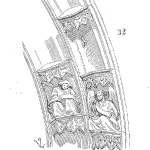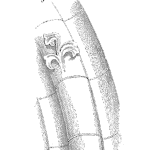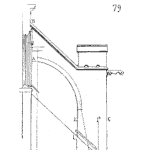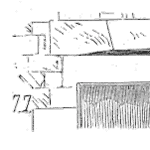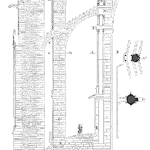
R. James Abernathy was a writer who specialized in flour and grain mills in the late 1800s. In 1880, he authored Practical Hints on Mill Building. Early in this 350-page technical manual, he wrote that millwright skill was declining. He thought the reason was that the millwrights were assembling mills from pre-fabricated components, instead of having to manufacture parts by hand. The manual was published in the United States and England, and remained an authority for several decades. It remains a reference for assessing mills for their historic value, such as applications for national historic registers.
[Read more…]


